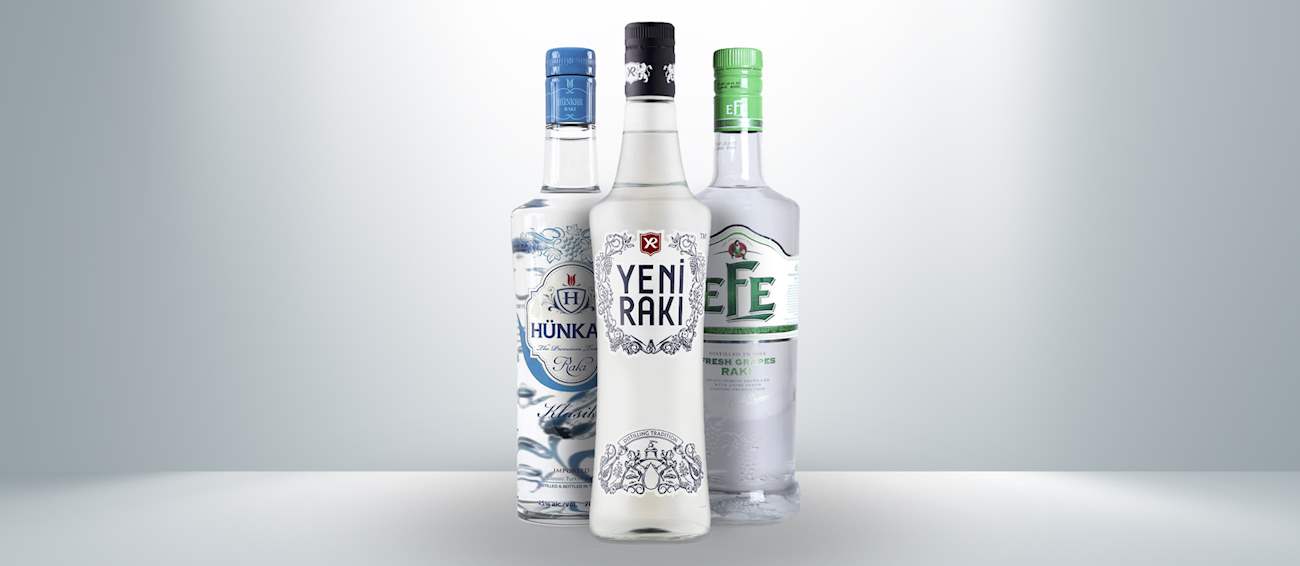Emir is a white Turkish grape native to Cappadocia. It is used in varietals and blends, and it produces clean and crisp white wines. Emir is often lauded as a prime Turkish grape that can produce excellent quality wine. Apart from outstanding dry wines, it is also used in the production of sparkling wines.
Wines made with Emir are typically well-balanced and lively, often with some mineral character. They are generally high in acidity, bright, and crisp. On the nose, they usually display a blend of apple, white fruit, citrus, and herbal nuances. Emir-based wines are mostly enjoyed young, and the grape is often blended with Narince, another important white variety from Turkey.
It is said that Greek winemakers in Asia Minor were the first to produce rakı—the anise-flavored spirit distilled from fermented grape pomace. However, it was in Türkiye that raki was heavily popularized, which led to a monopolization of its production in 1923.
Most modern-day rakı varieties are based on the use of fermented grapes, raisins, or dried figs, which are mashed, then fermented and distilled in copper columns. The drink is then diluted and combined with anise or optionally fennel seeds in a mixture that would later be distilled into rakı.
Çalkarasi is a red Turkish grape that originated in Çal, Denizli province. In the past, it was primarily used in blends, but several producers have proven that it has a versatile character and great potential as a varietal wine.
It is mainly used in the production of fresh red wines and excellent rosés. Varietal Çalkarasi wines are typically light to medium-bodied. They are characterized by low tannins and crisp acidity. The flavor and the aroma are fruity, reminiscent of peaches, strawberries, and raspberries.
Narince is a native Turkish grape that is now cultivated in several regions, but its origin is mainly associated with Tokat, Anatolia. Narince is a versatile grape that is often terroir-driven, but it mainly produces medium to full-bodied wines with a fruity and floral character.
These straw-colored wines will usually display floral and citrusy notes, often reminiscent of pear, quince, grapefruit, lime, and acacia. They are generally well-balanced with acidity and alcohol and will often benefit from aging. Oak-aged versions have more complexity and aromas that evolve into vanilla, caramel, and woody nuances.
TasteAtlas food rankings are based on the ratings of the TasteAtlas audience, with a series of mechanisms that recognize real users and that ignore bot, nationalist or local patriotic ratings, and give additional value to the ratings of users that the system recognizes as knowledgeable. TasteAtlas Rankings should not be seen as the final global conclusion about food. Their purpose is to promote excellent local foods, instill pride in traditional dishes, and arouse curiosity about dishes you haven’t tried.



